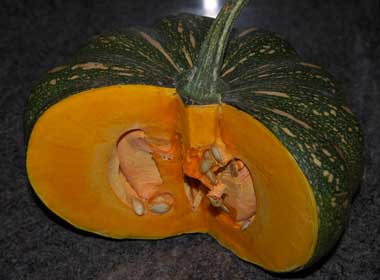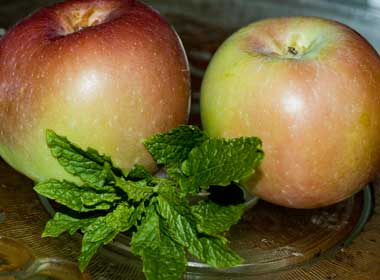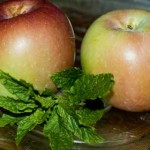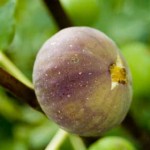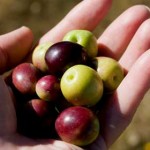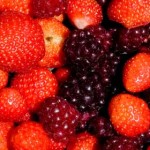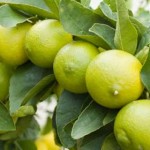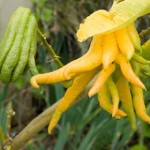Pumpkins, pumpkins and more pumpkins!
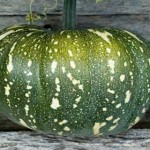
On the last weekend in June we harvested the pumpkins. Over 50 of them!
The once lush and invasive vine had started to die well back from the cold, revealing a large area scattered with pumpkins, big and small.
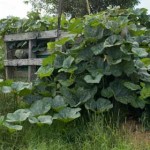
They had grown, as a lot of great productive vegetables seem to do, from discarded seed in the compost heap.
Over the summer months we watched the vines spread, flower and fruit. Completely taking over the compost heap and surrounds.
We began harvesting the occasional pumpkin for cooking in late summer. Even small they are still very tasty, like squash, and roast and bake well.
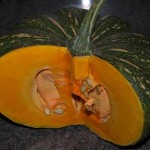
Through autumn their big full flavour and colour developed. Pumpkin soup, baked pumpkin with roasts and mashed pumpkin with sour cream and butter. Yum!
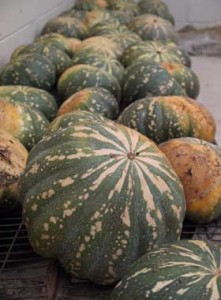
Now we have more pumpkins than we can eat over the next 6 months they will keep. So what we don’t use, or give away to family and friends, will probably end up back in the compost heap … for next year 🙂
Yes, they really are limes …
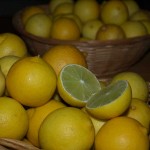
The Tahitian lime trees have been extremely productive this year. We’ve been picking limes for Rum Punches and freezing the juice for months. Now the trees are shedding surplus over-ripe fruit.
These were picked up out of the herb garden under the lime tree. A full bucket!
The fruit skins have yellowed, but the insides are still a beautiful lime colour, very juicy and almost sweet.
Rum Punch (for the grown ups)
Juice of 1 lime
Equal quantity of rum
1 teaspoon sugar (or to taste)
Stir till sugar is dissolved. Sip and enjoy!
Lime shot (for all ages – really wakes up the taste buds)
Juice of 1/2 lime
1/2 teaspoon sugar
Stir till sugar dissolves. Our daughter highly recommends it!
Winter Wonders
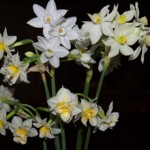
Every year it seems the jonquils flower earlier. Perhaps it only seems that way? So I’ve decided to record when we first notice the “spring bulbs” starting to flower. And this year, 2011, it was the last fortnight in June.
We know the micro-climate here is different to in town. Our Crepe Myrtles flower later, our frosts are less severe and our deciduous trees change colour at different times.
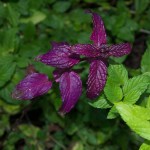
The colder weather has also had an interesting effect on the spearmint. In amidst a lush growth of green, was this eye catching bright purple stem.
Some of the winter flowering natives are in full bloom, and will be added here as I can …
